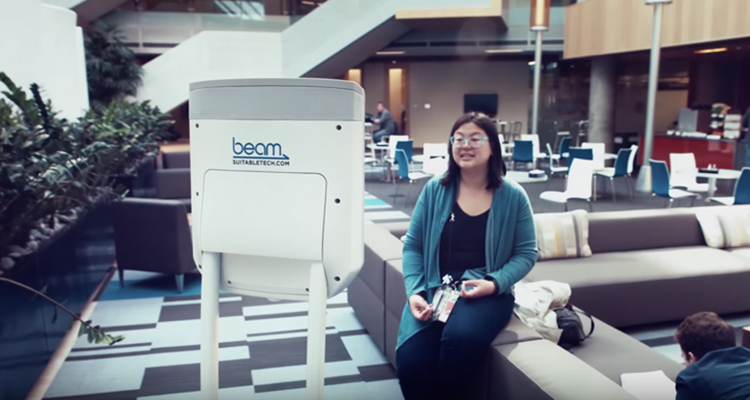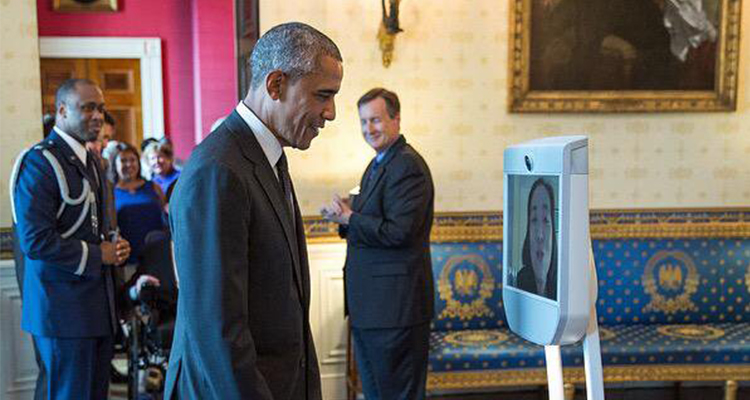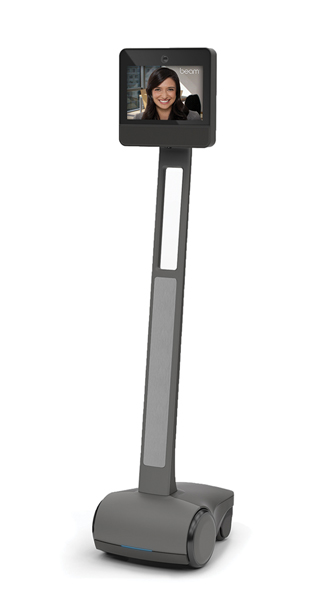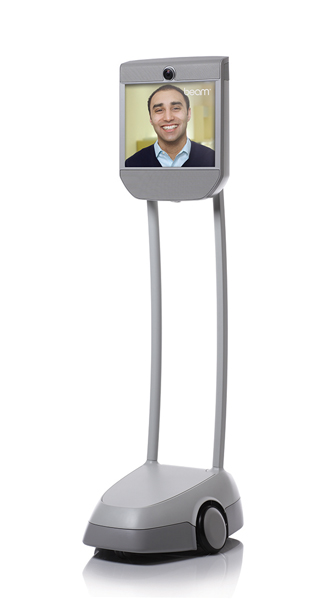There are those that still believe that remote work is just a blip on the workforce radar.
But a recent report on the 2017 State of Telecommuting in the U.S. by Global Workplace Analytics and FlexJobs shows that the rise of distance work is not remotely a passing fad -- it is a full-on shift, shaping the modern workforce.
According to the report, 3.9 million American employees (2.9% of the total workforce) work from home at least half the time -- a 115% increase since 2005. And 50% of the U.S. workforce have jobs that allow them to telecommute at least some of the time.
The Face of Remote Workers
The statics reveal a fascinating portrait of who works from home: overall, it’s skilled, upper-level employees who dominate the remote work arena. The average age skews older (46), more educated (holds at least a bachelor’s degree), and earns higher median salaries as compared to in-office employee.
And it’s not the stereotypical mom with kids who works from home: an equal number of men and women on average telecommute. The desire for flexible work arrangements is strong for the vast majority of American workers: 80% to 90% say they would like to work remotely at least part of the time.
Businesses have a lot to gain by supporting distance work -- as TinyPulse reports, they get happier and more productive (a whopping 91%!), loyal, and communicative employees.
Significant Savings
They also save a small fortune, too, according to Global Workforce Analytics’ other recent report on Telework Savings Potential: Over $500 billion per year in real estate, electricity, absenteeism, turnover, and productivity -- which works out to be $11,000/employee/year. And each individual business, depending on their unique needs, saves additionally on budget line items like security, janitorial services, utilities, paper goods, food and beverages, parking, furniture, equipment, office supplies, and so on.
Likewise, teleworking employees save time (up to two or three weeks worth/year) and money on commuting, which adds up to between $2,000-$7,000 in a variety of work- and transportation-related expenses. And the lower number of commuters has significant social implications and savings, too, as greenhouse gas emissions are lowered, wear and tear on infrastructure and highway maintenance is reduced, and over 640 million barrels of oil (37% of Persian Gulf imports) valued at over $64 billion are saved.
Global Presence
This trend isn’t just in the U.S: Fortune 1000 companies worldwide are setting up their offices to better serve mobile employees in general. Many studies report it’s common for most workers to be away from their desks, up to 50-60% of the time.
It makes sense, then, that the rise of telepresence is in line with the rise of telecommuting. It solves remote work’s biggest perceived problem by making those important, casual, face-to-face interactions that happen outside of meeting rooms possible. In fact, it virtually removes the “remote” aspect of the working relationship, as distance employees control their own device, and literally can have a physical presence in the office, all day long.
When you read into the numbers, remote work adds up to a more flexible, inclusive option that’s here to stay.



























